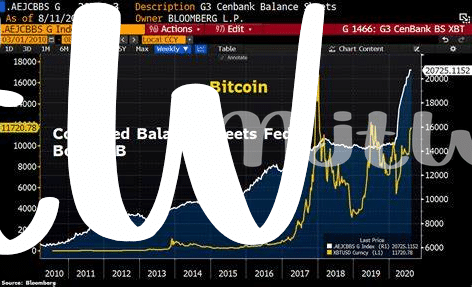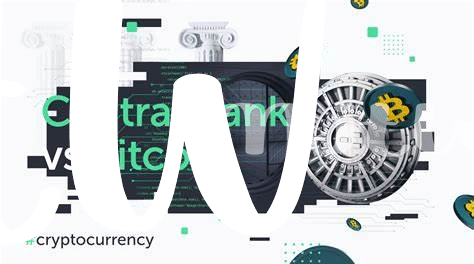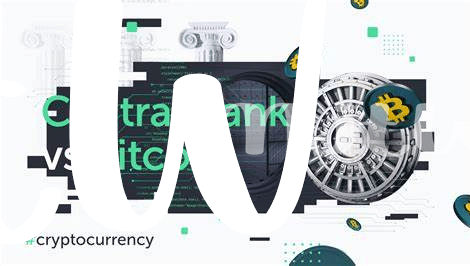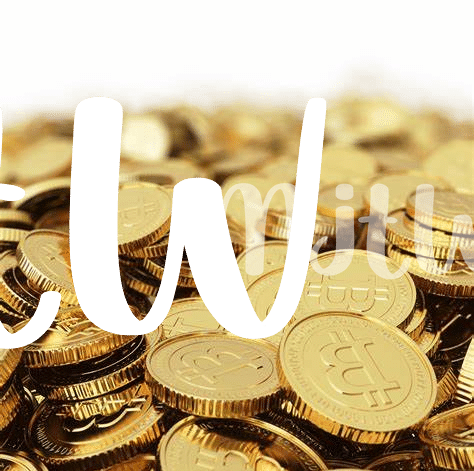The Rise of Bitcoin: a Digital Gold Rush 🌍

Imagine a world where searching for treasure doesn’t require a map, but rather a strong internet connection and a bit of digital know-how. That’s the essence of the phenomenon known as Bitcoin. Born in 2009, this digital currency quickly became the modern-day equivalent of the Gold Rush, drawing adventurers and investors from every corner of the globe. Without the need for physical banks or even tangible money, Bitcoin promised a new kind of wealth, accessible to anyone willing to take the plunge into the world of cryptocurrencies.
As people began to understand its potential, Bitcoin’s value soared, making millionaires overnight and signalling a seismic shift in how we think about money. Unlike traditional currencies, Bitcoin operates on a technology called blockchain, a kind of digital ledger that records every transaction. This innovation not only challenged the way we view currency but also offered a glimpse into a future where financial freedom is at everyone’s fingertips. The table below shows the key milestones in Bitcoin’s journey:
| Year | Milestone |
|---|---|
| 2009 | Bitcoin’s creation |
| 2010 | First real-world transaction (10,000 Bitcoins for two pizzas 🍕) |
| 2013 | Value surpasses $1,000 for the first time |
| 2017 | Breaks the $10,000 mark 🚀 |
| 2021 | Reaches an all-time high, touching $65,000 |
This journey isn’t just about a rising value; it’s a testament to the growing belief in a system outside of traditional banking, suggesting a future where money is more democratized, and everyone has a seat at the table.
Central Banks: the Guardians of Traditional Money 💼
Imagine stepping into a massive, ancient castle where the riches of the land are guarded by wise, old guardians. In our modern world, these guardians are known as central banks, and the treasures they protect are not gold or jewels, but the very money we use every day. Central banks have a big job: they keep our money safe, make sure there’s enough of it to go around, and try to ensure that prices of things we buy don’t jump up and down too wildly. They’re like the referees of the economy, making the rules and making sure everyone plays fair, ensuring that our money retains its value over time.
However, stepping into this digital age, the role of these guardians is being challenged. The emergence of Bitcoin has started a fascinating conversation about the future of money itself. While central banks have always had control over the creation and flow of money, Bitcoin operates on a whole different playing field. It’s digital, operates globally, and perhaps most interestingly, it doesn’t have a central authority calling the shots. This poses a big question: in a world where digital currencies are gaining popularity, what’s the role of traditional central banks? How do they adapt, and can they still be the guardians of our money in this rapidly changing landscape?
Bitcoin Vs. Central Banks: an Ideological War 🔥

At the heart of the financial world, a battle rages on, not with swords and shields but with ideas and ideologies. On one side, we have central banks, the time-honored institutions that have been guiding economies with a careful hand, ensuring that the traditional money system remains stable and reliable. These guardians believe in control, regulation, and stability, principles that have steered financial systems for centuries.
Enter Bitcoin, the digital maverick, with its revolutionary idea that money can be decentralized—no single authority needed. It’s not just a new type of money; it’s a challenge to the very foundation of how financial transactions have been conducted. Think of it as a clash between the old world and the new, where Bitcoin’s appeal to freedom, privacy, and global inclusivity stands in direct opposition to the structured, regulated approach of central banks. This ideological war isn’t just about currency; it’s a broader debate on trust, authority, and the future of financial sovereignty.
The Impact on Everyday People: What’s at Stake? 👥

In the tug of war between digital currencies like Bitcoin and the traditional money overseen by central banks, the stakes for everyday folk are high. Picture this as the clash not just of financial titans, but of philosophies about what money should be and how it should work in our lives. For many, Bitcoin represents freedom from the old guard – an opportunity for financial empowerment and a new form of saving. Yet, it’s not without its challenges, including price swings that can feel like a rollercoaster. On the other hand, central banks play a crucial role in keeping our money stable and reliable, but this can also mean a lot of rules and limited access to financial growth opportunities for the little guy. In this murky waters of finance, understanding what’s on the horizon could be vital. For those looking to dip their toes into the world of digital currencies, starting with insight on bitcoin recovery tools suggestions might offer some solid ground. The path forward is still being charted, and the choices we make now could reshape our wallets and world in profound ways.
The Future Landscape: Coexistence or Collision? 🚀
Looking ahead, the path bitcoin and central banks will take is akin to walking on a razor’s edge. On one side lays the possibility of peaceful coexistence, where digital currencies and traditional banking could complement each other, offering choices to consumers and stability to the economic landscape. On the opposite edge is the potential for a clash, a scenario where the rise of cryptocurrencies could challenge the very foundations of traditional banking, leading to uncertain shifts in power and influence. Both worlds have their proponents and critics, each armed with valid points. Digital currencies offer decentralization and freedom from traditional banking constraints, while central banks provide a sense of security and regulation that many find reassuring. What’s truly at stake is not just an ideological battle but the very nature of how we perceive and use money in our daily lives. As we navigate this uncharted territory, the choices made by policymakers, innovators, and everyday people will shape the financial landscape for generations to come. Whether we’ll witness a groundbreaking fusion of these financial realms or a contentious standoff remains an open question, fueling debates and discussions across the globe.
| Possibility | Description |
|---|---|
| Coexistence | Digital currencies and traditional banking complement each other, offering more choices and stability. |
| Collision | The rise of cryptocurrencies challenges traditional banking, leading to shifts in power and potentially unsettling the economic status quo. |
Navigating Uncertainty: Preparing for What Comes Next ⚖️

As we stand at the crossroads of a financial revolution, the path ahead is shrouded in mist, filled with both unimaginable opportunities and unseen challenges. Think of it like setting sail into uncharted waters, where the maps of old don’t apply, and the stars guide us in new directions. In the midst of this, understanding how to prepare for the future becomes crucial. It’s about more than just picking a side; it’s about equipping ourselves with the knowledge and flexibility to navigate through the storms and doldrums alike. Will Bitcoin and traditional banks find a way to live in harmony, or will the competition for dominance lead to a major upheaval? For everyday folks, this means staying informed, being adaptable, and perhaps most importantly, keeping an open mind. As countries begin to explore and even embrace digital currencies—with bitcoin adoption rates suggestions pointing towards an increasing acceptance—it’s crucial to monitor these changes closely. Like sailors reading the wind, watching these developments can help us steer our own financial ships safely into the future, ensuring we’re not left adrift or, worse, shipwrecked.
